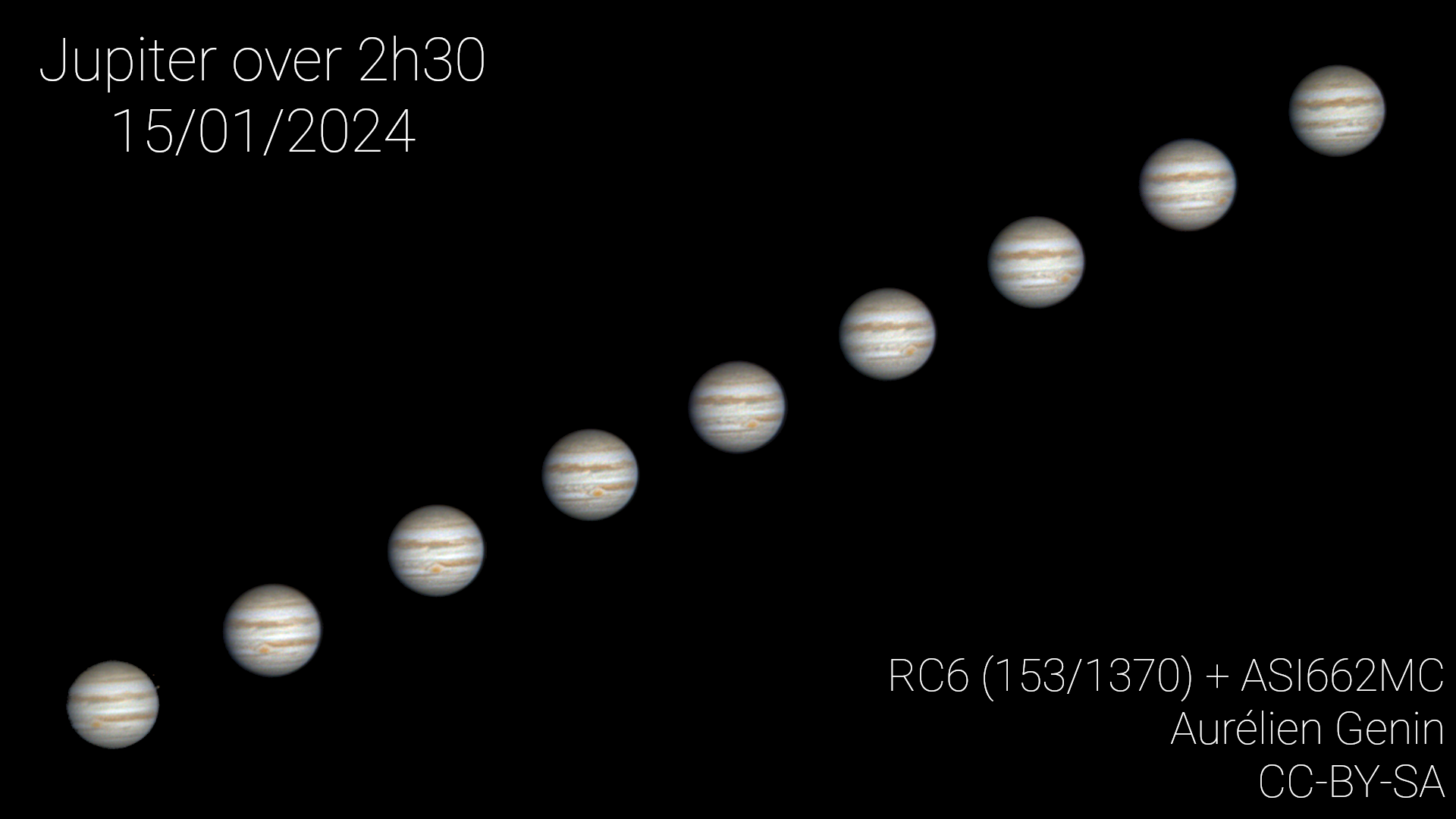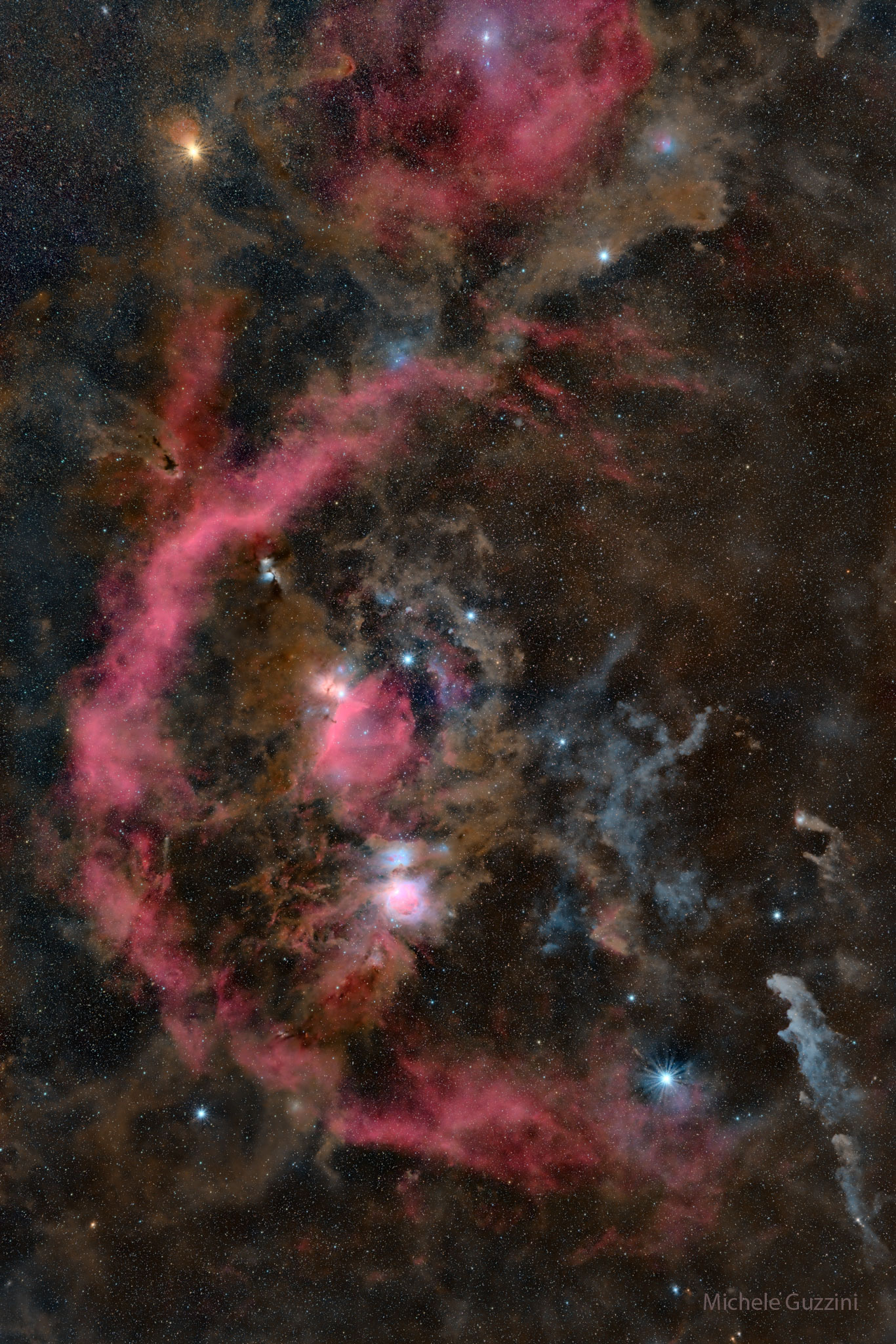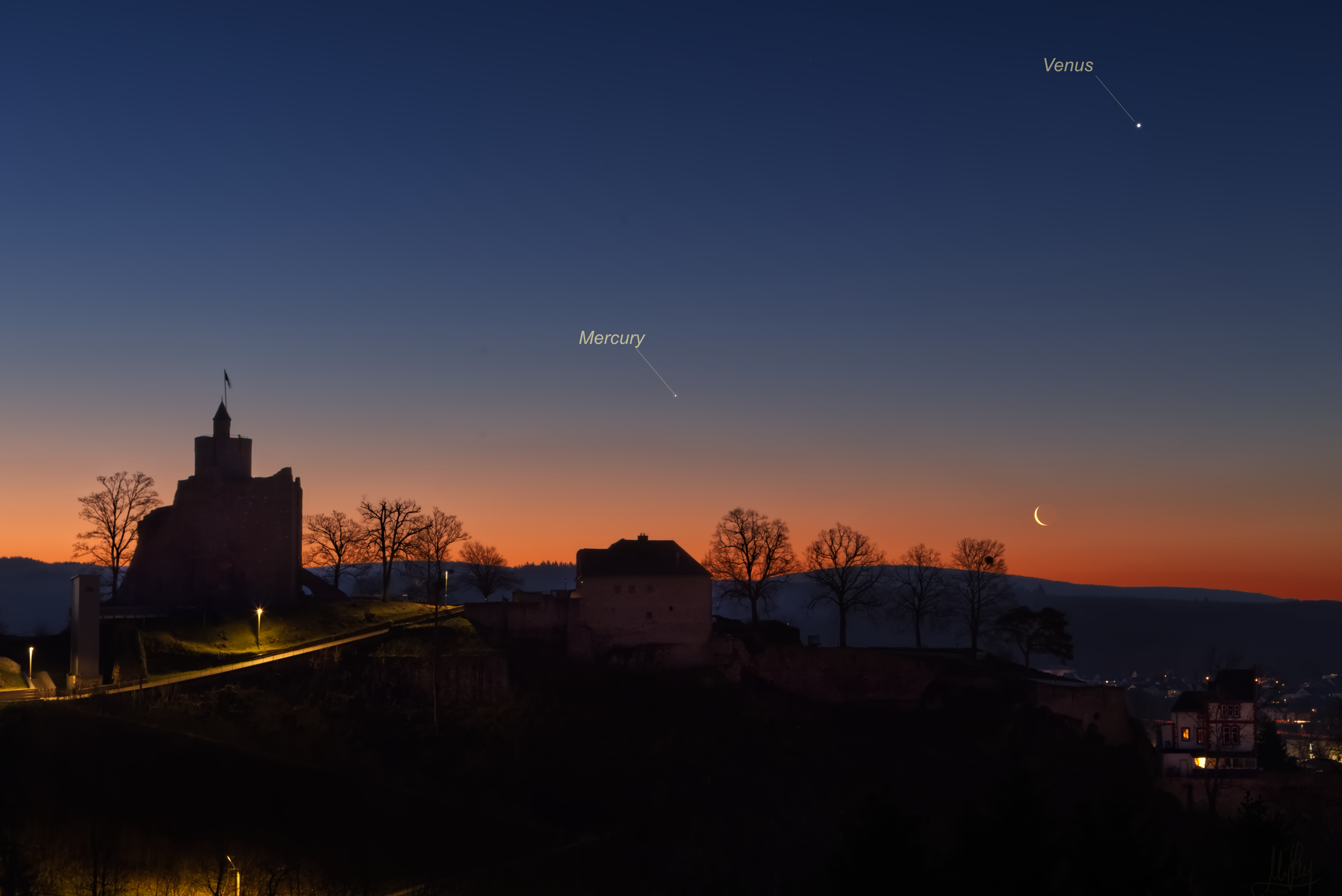276
277
278
279
280
281
282
283
284
86
James Webb telescope discovers the oldest, most distant black hole in the universe
(www.livescience.com)
285
286
19
287
288
289
14
290
291
292
293
49
Nasa unveils quiet supersonic aircraft in effort to revive commercial flights
(www.theguardian.com)
294
295
297
298
14
Using Hubble, scientists observe weather on exoplanet - NASASpaceFlight.com
(www.nasaspaceflight.com)
299
115
NASA Finally Removes Last Two Fasteners To Access Historic Bennu Asteroid Sample
(www.iflscience.com)
300


